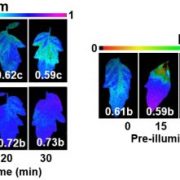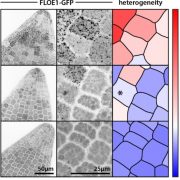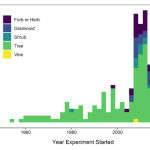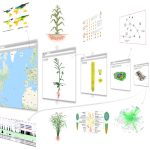Review. Defining biodiverse reforestation: Why it matters for climate change mitigation and biodiversity (PPP)
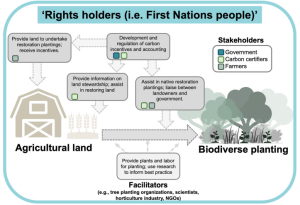 Biodiversity contributes to thriving, healthy ecosystems that are essential for climate tolerance, improving water quality and habitat structure. As time goes on, there is increasing pressure to address climate change concerns worldwide, with one possible climate change mitigation approach being reforestation for carbon sequestration. Andres et al. address issues with simple reforestation, asking what characterizes biodiversity for such ecosystems and who holds the power in creating such a definition. Through examining publicly available documents and website content of associated organizations, an image of biodiversity through the eyes of stakeholders such as governments, farmers, carbon certifiers and rights holders/First Nations communities is presented in an Australian context. Groups varied in their priorities for particular types of biodiversity, with some prioritising benefits such as genetic diversity, improving climate tolerance, crop protection or soil structure. As an overarching approach to reforestation, incorporating a minimum of 20-30 native species per hectare or at least 80% of the species from the reference site is recommended. Andres et al. encourage setting quantitative targets to provide support for long term monitoring of reforested areas in terms of biodiversity. This paper provides an interesting investigation into the nuance of meaning around biodiversity, providing recommendations for future work in biodiverse reforestation. (Summary by Orla Sherwood @orlasherwood) Plants People Planet.10.1002/ppp3.10329
Biodiversity contributes to thriving, healthy ecosystems that are essential for climate tolerance, improving water quality and habitat structure. As time goes on, there is increasing pressure to address climate change concerns worldwide, with one possible climate change mitigation approach being reforestation for carbon sequestration. Andres et al. address issues with simple reforestation, asking what characterizes biodiversity for such ecosystems and who holds the power in creating such a definition. Through examining publicly available documents and website content of associated organizations, an image of biodiversity through the eyes of stakeholders such as governments, farmers, carbon certifiers and rights holders/First Nations communities is presented in an Australian context. Groups varied in their priorities for particular types of biodiversity, with some prioritising benefits such as genetic diversity, improving climate tolerance, crop protection or soil structure. As an overarching approach to reforestation, incorporating a minimum of 20-30 native species per hectare or at least 80% of the species from the reference site is recommended. Andres et al. encourage setting quantitative targets to provide support for long term monitoring of reforested areas in terms of biodiversity. This paper provides an interesting investigation into the nuance of meaning around biodiversity, providing recommendations for future work in biodiverse reforestation. (Summary by Orla Sherwood @orlasherwood) Plants People Planet.10.1002/ppp3.10329




